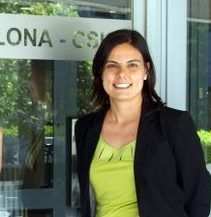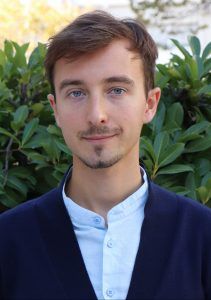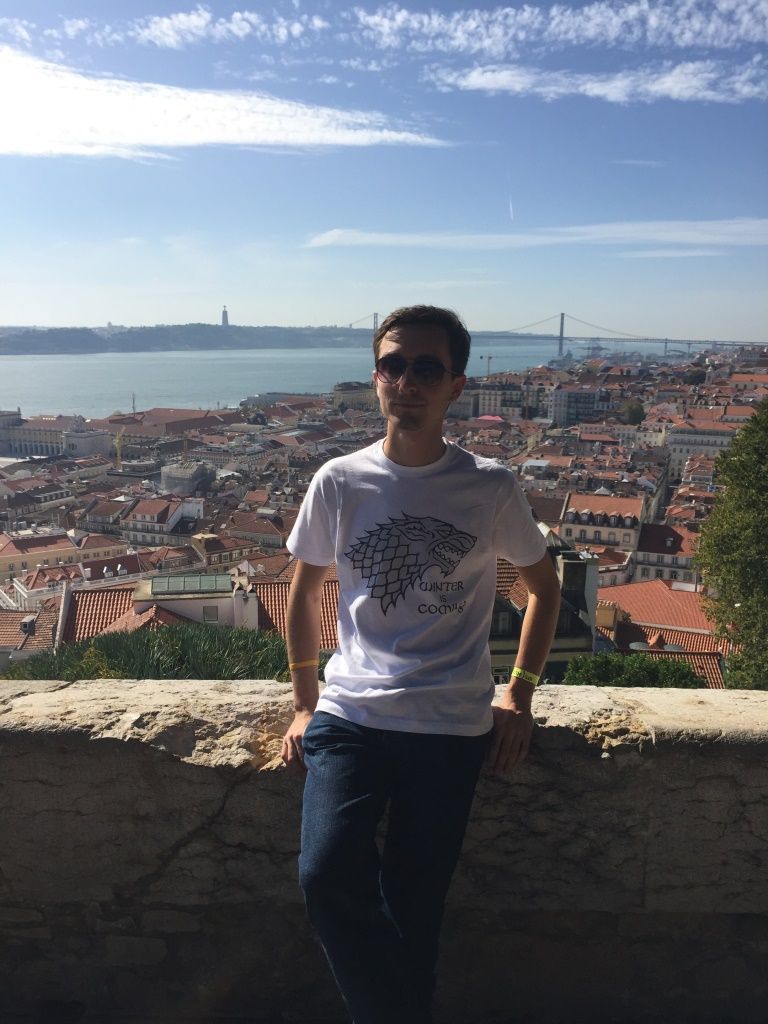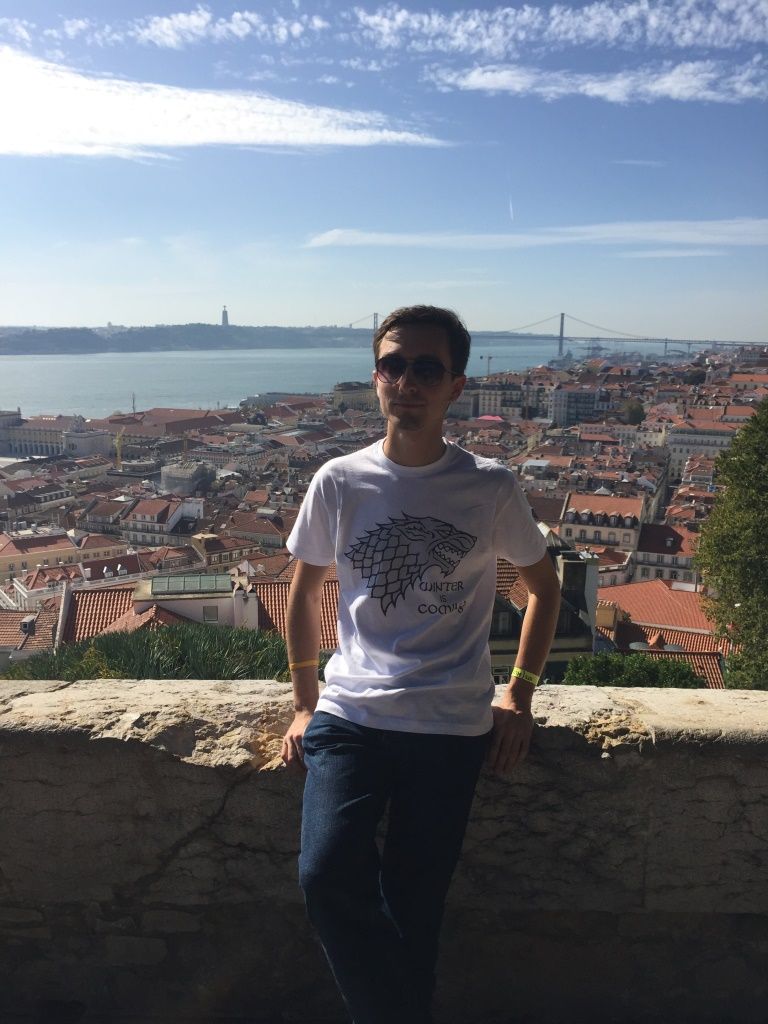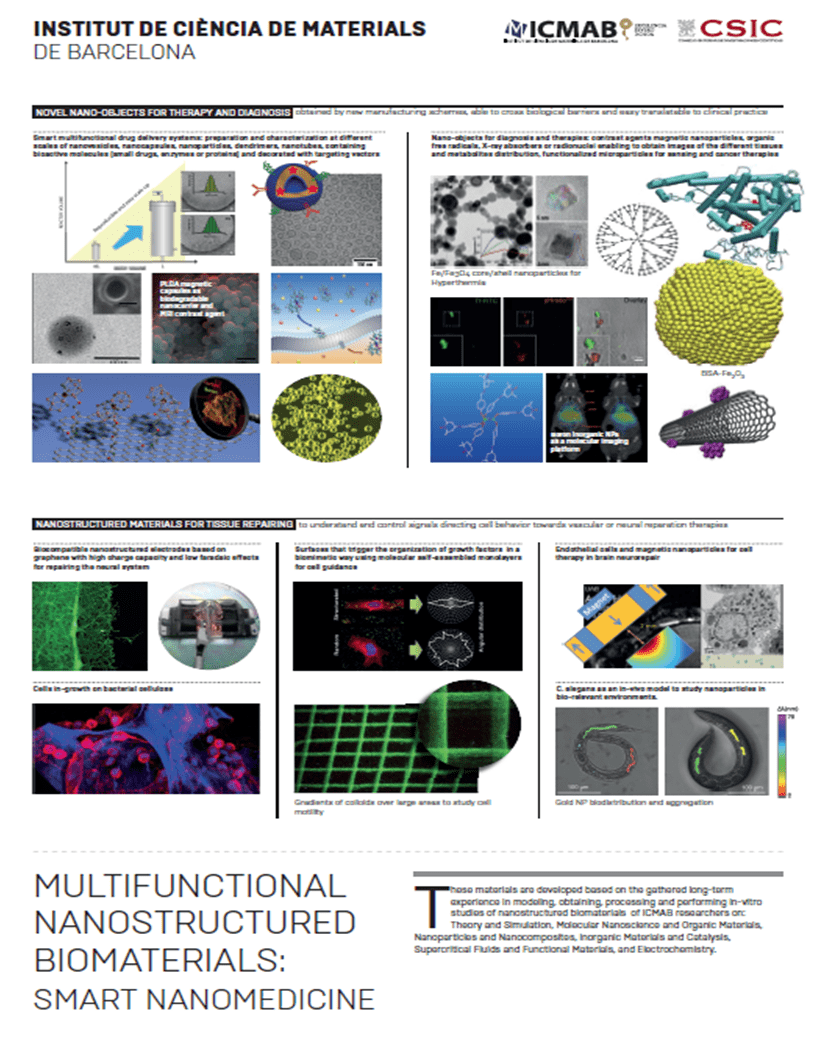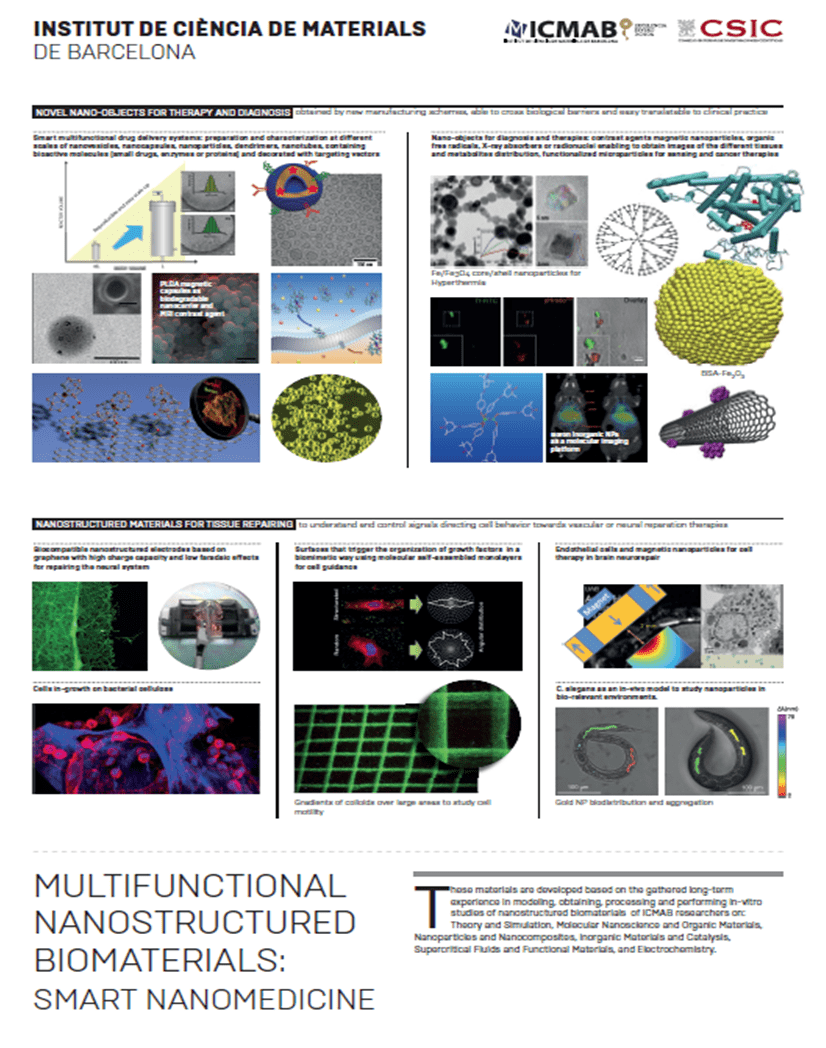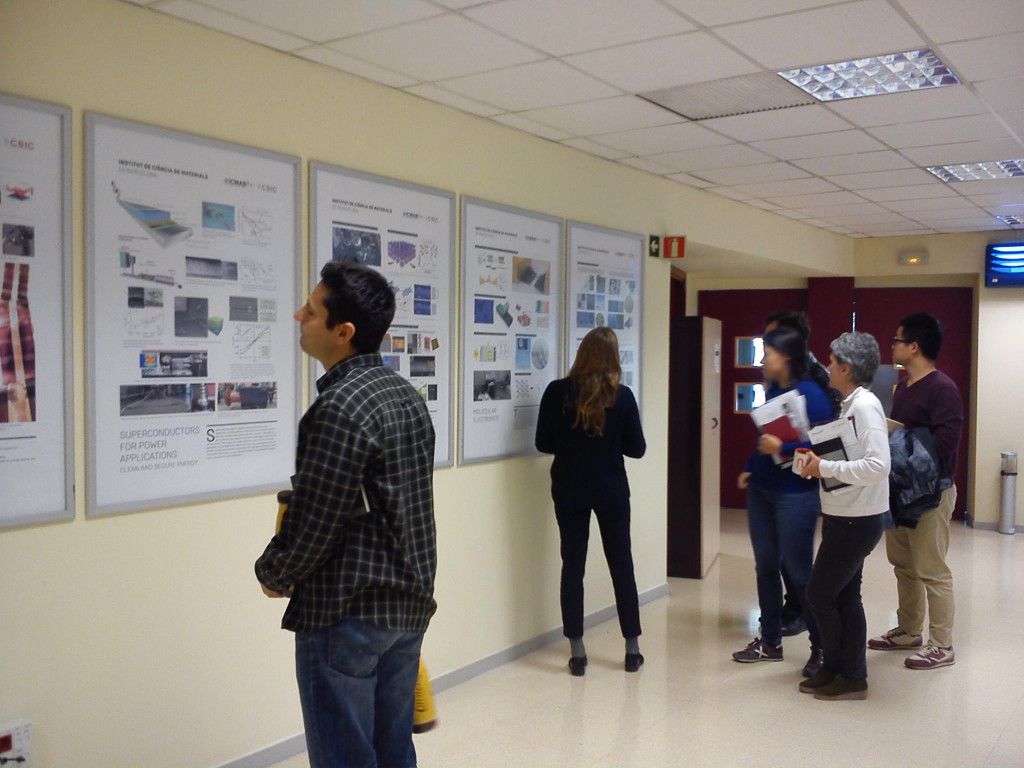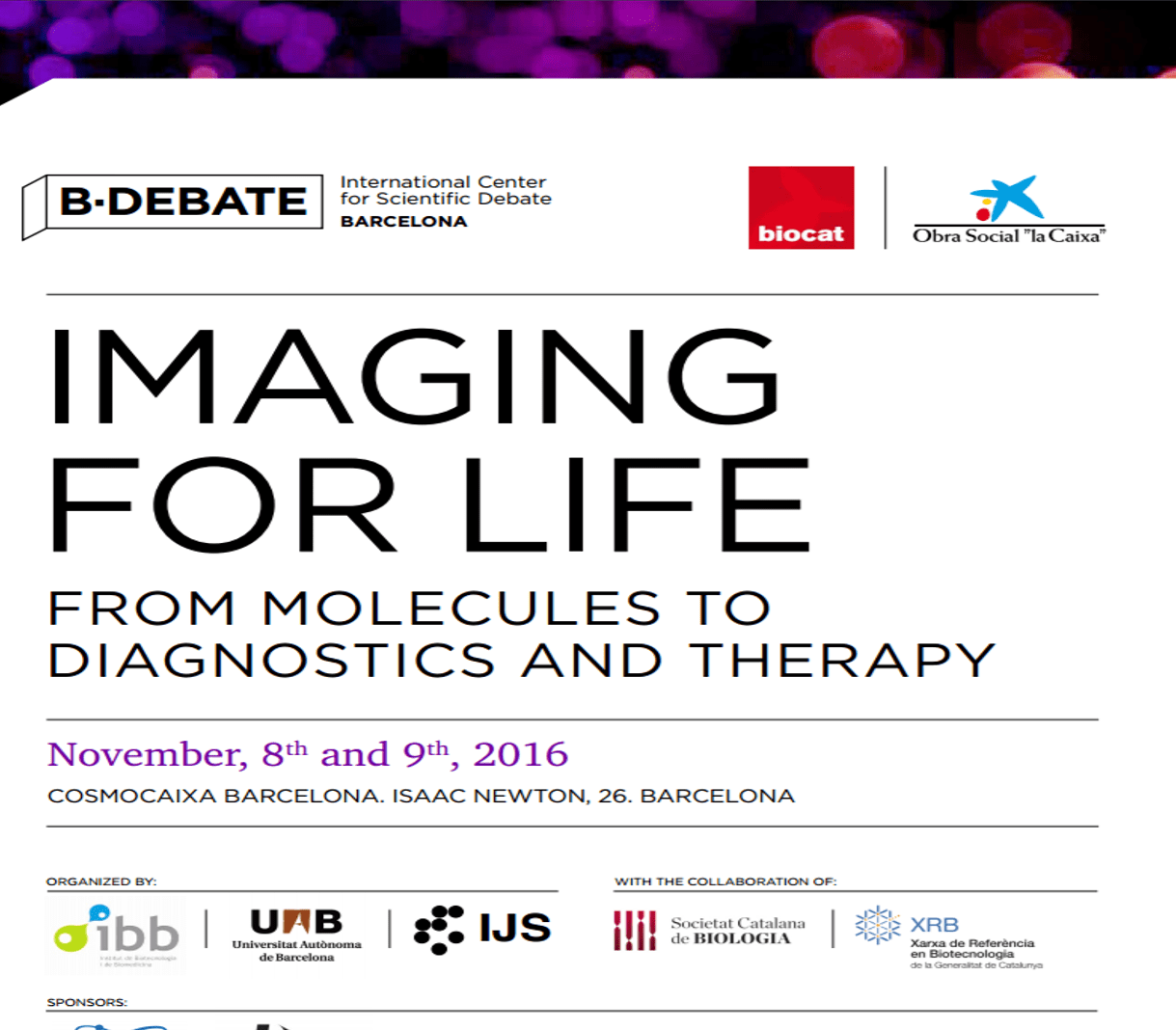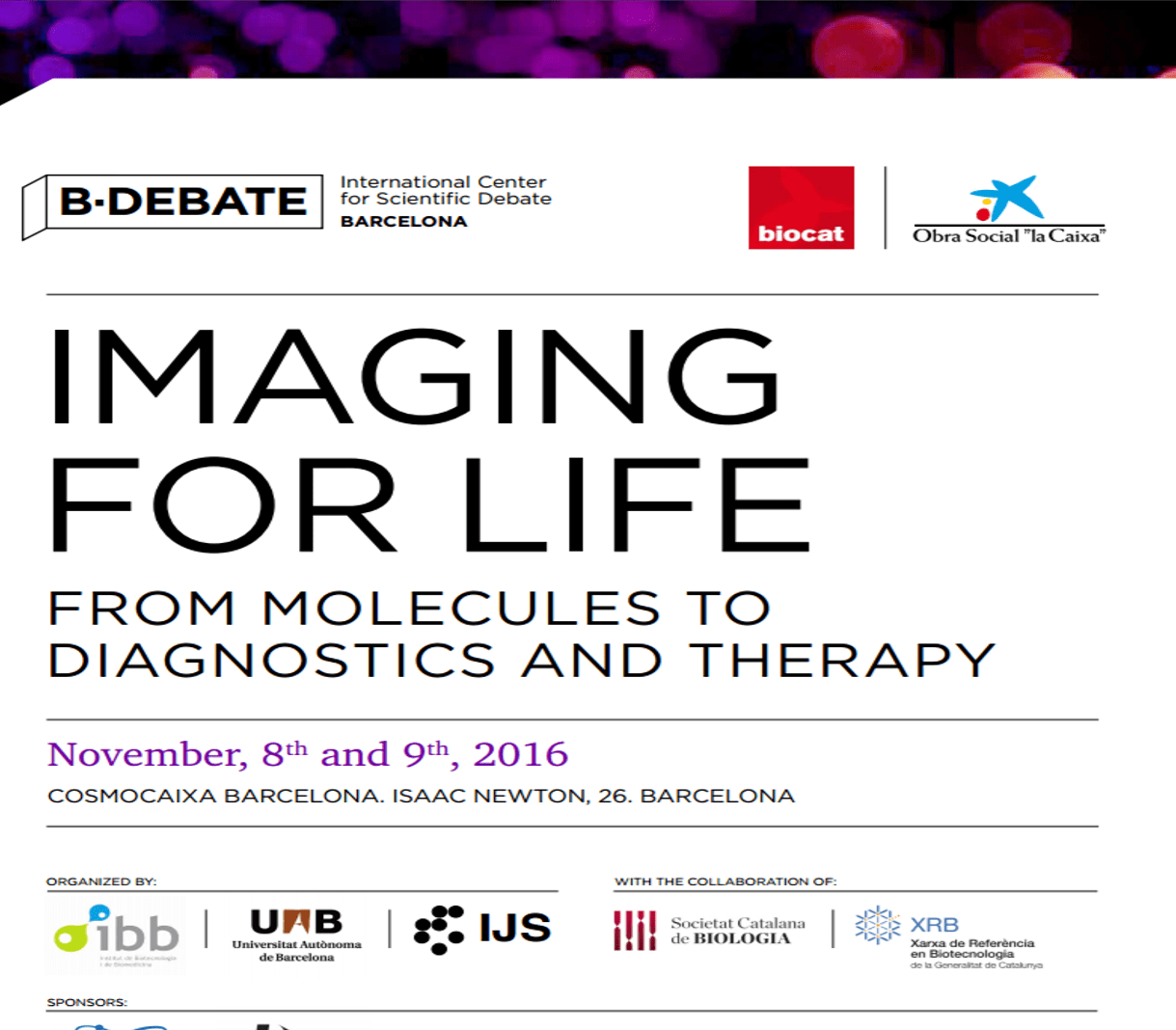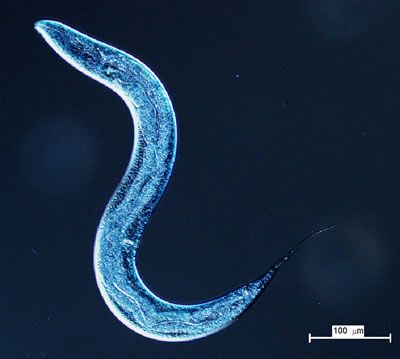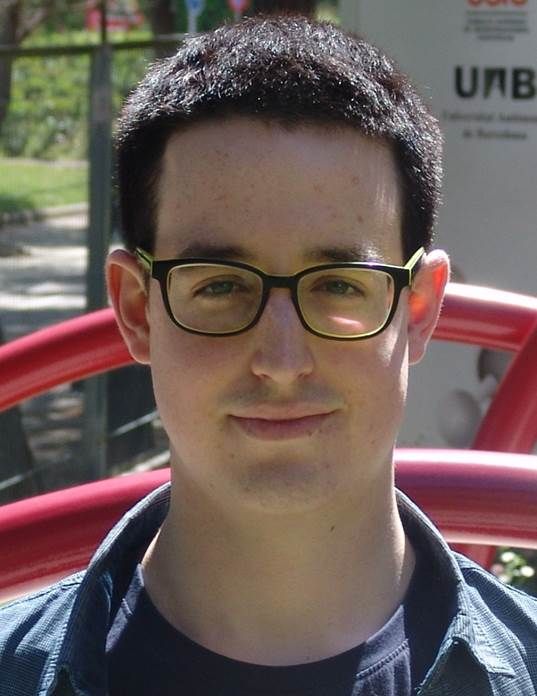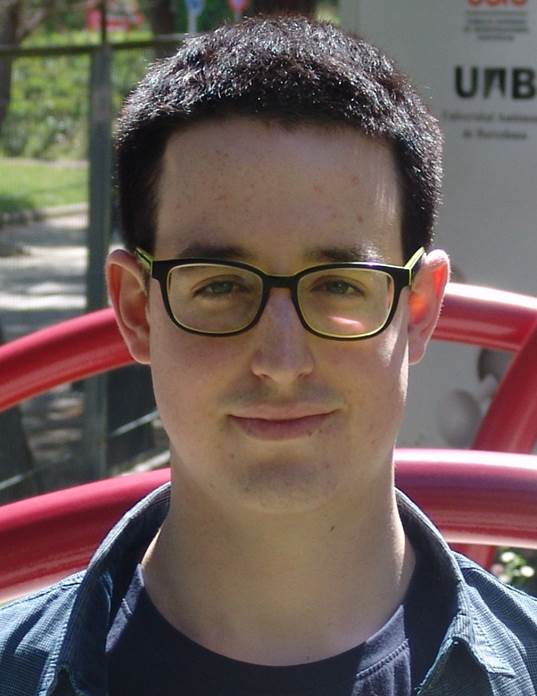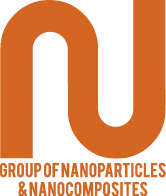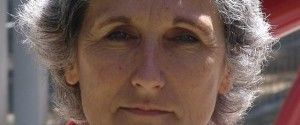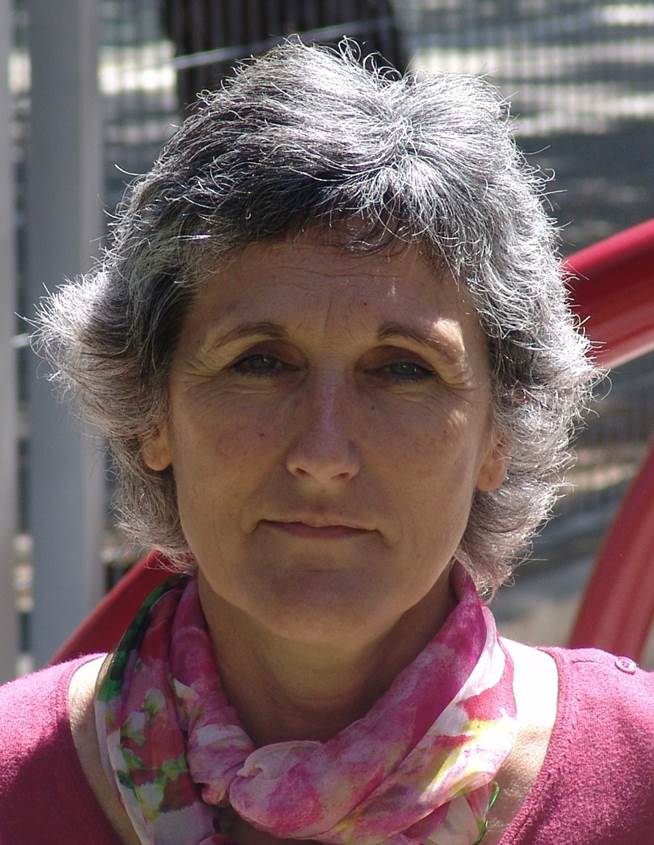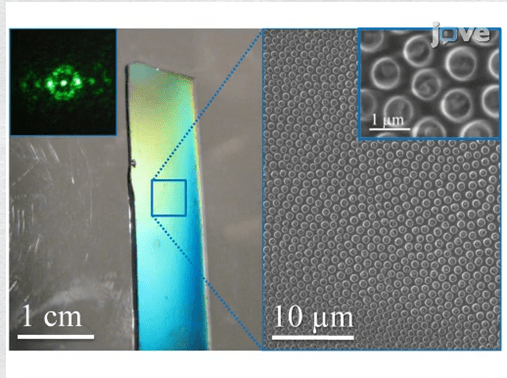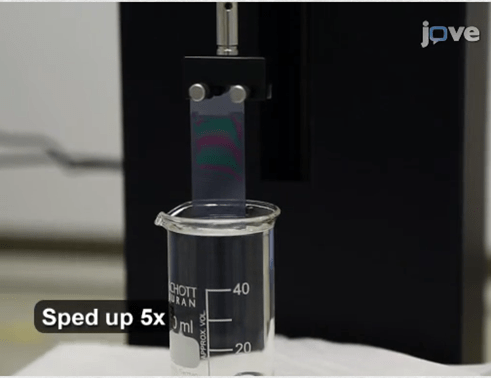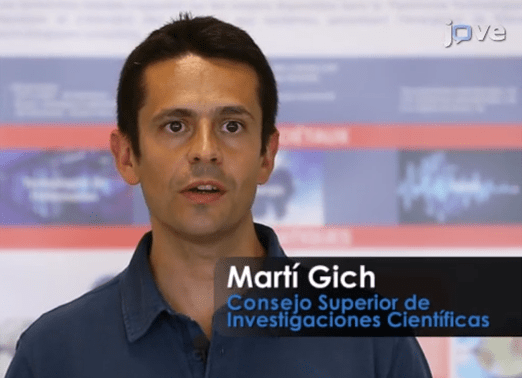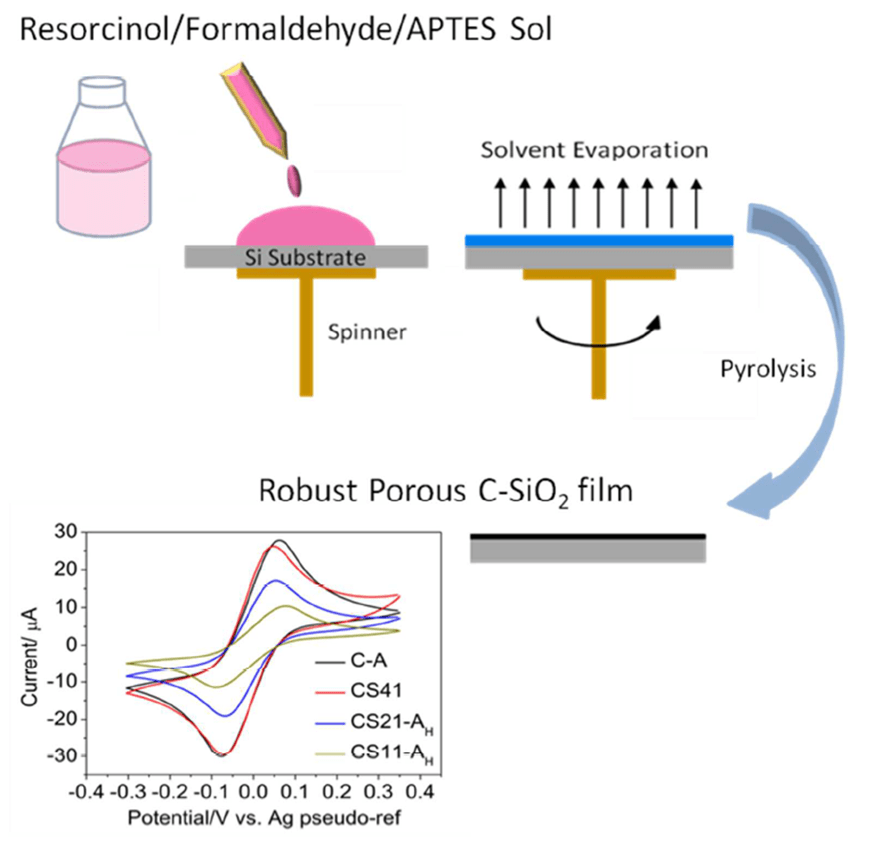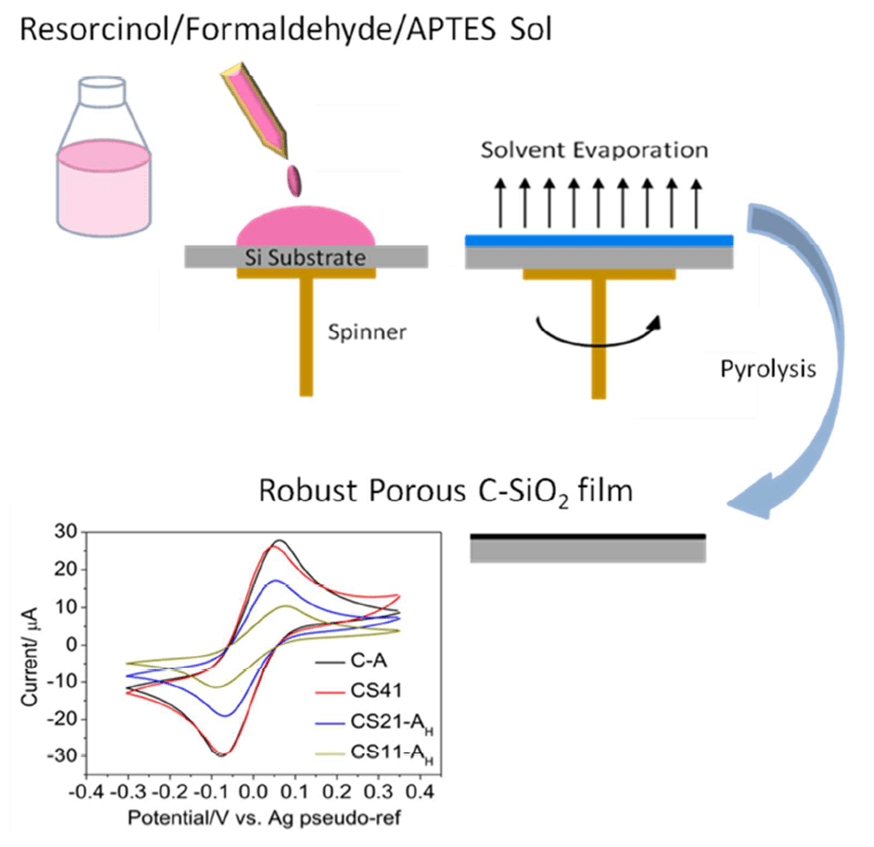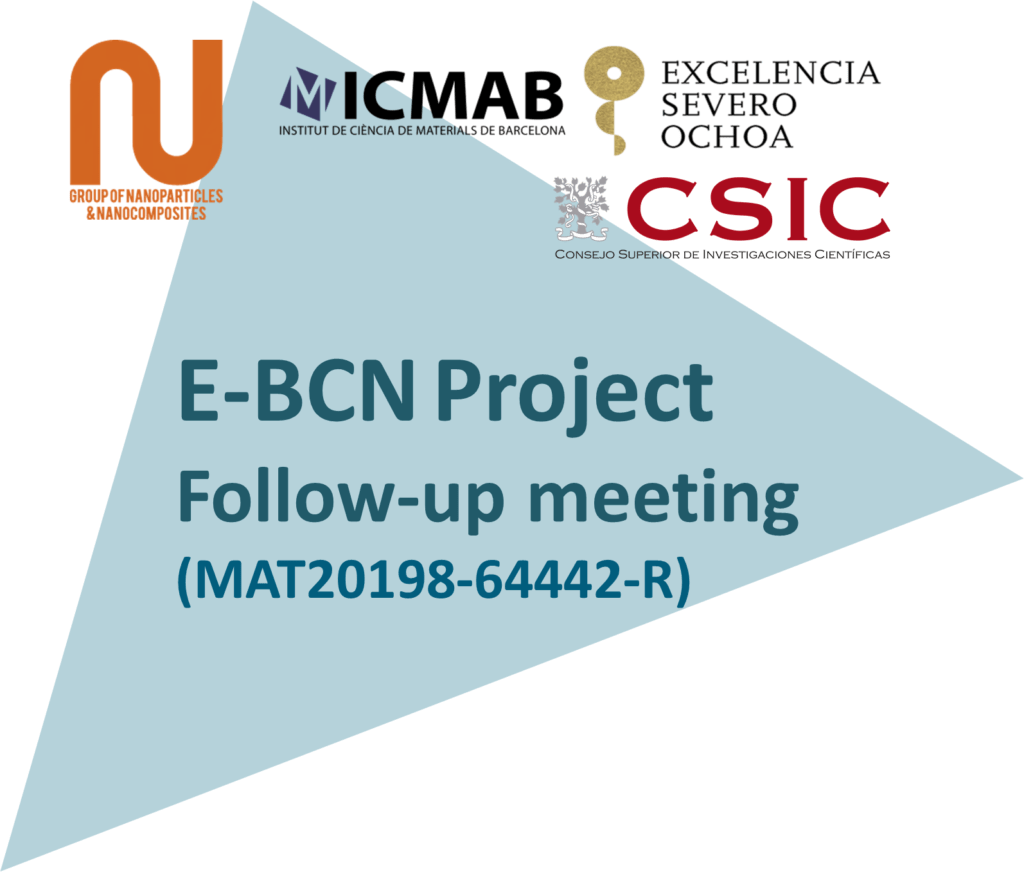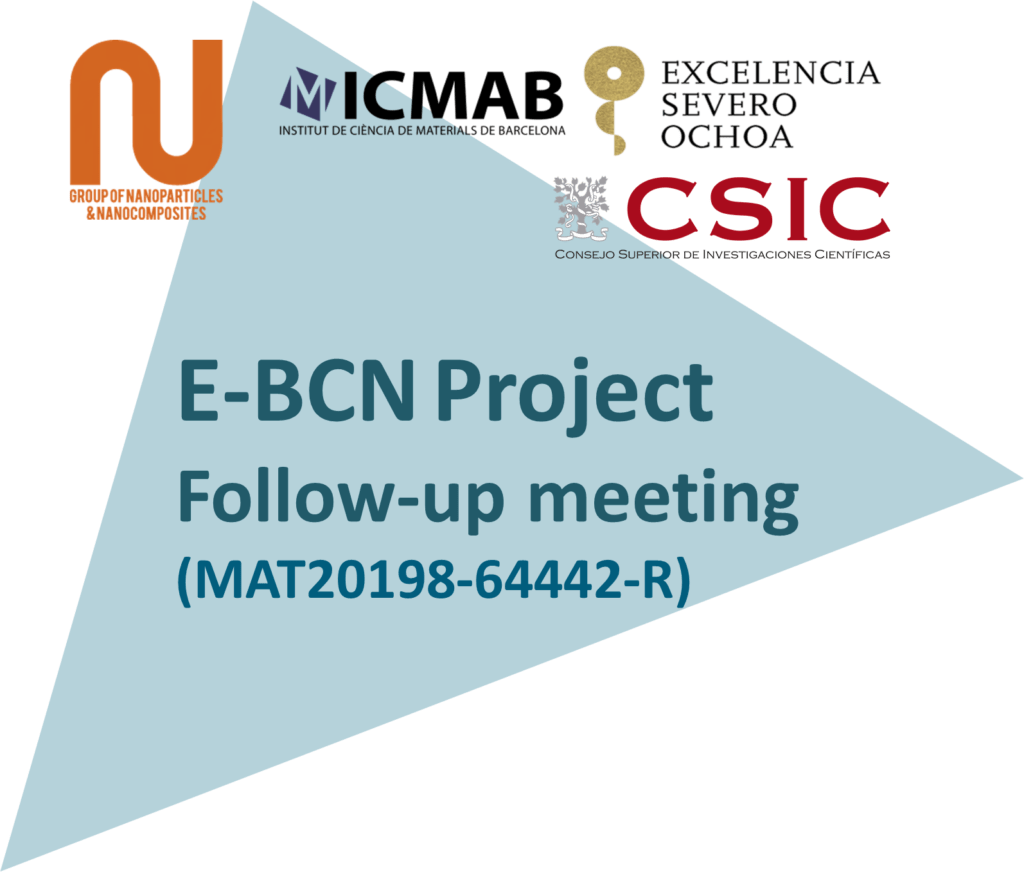Seminar about “Spin-Offs. From Lab to Market” organized for researchers at ICMAB
This morning, November 17th, at 9.30 am there is a session of “Spin-Offs. From Lab to Market”, within the Training Program FUNMAT (Severo-Ochoa Seminars), dedicated to all researchers and PhD candidates of the Institute.
Some members of the N&N group have attented the seminar. It is always good to know what your colleagues are working on and to have information about patents and spin-offs creation. In our group, Anna Laromaine is cofounder of the spin-off OsmoBlue, which aim is to produce electricity from low-temperature heat.
The program of the seminar is the following:
- Why a spin-off ?
PRUAB (Parc de Recerca UAB) activities in business creation. Presentation of cases and experiences.
Speaker: Julia Palma (PRUAB). - Synergism between Nanomol research group and Nanomol technologies
Speakers: Nora Ventosa and Santi Sala (Nanomol, ICMAB). - Presentation of Oxolutia. Oxolutia path and “lessons learned”.
Speaker: Albert Calleja (Oxolutia, ICMAB). - Roundtable with some researchers involved in spin-offs creation and other experiences
More information and the program here.

